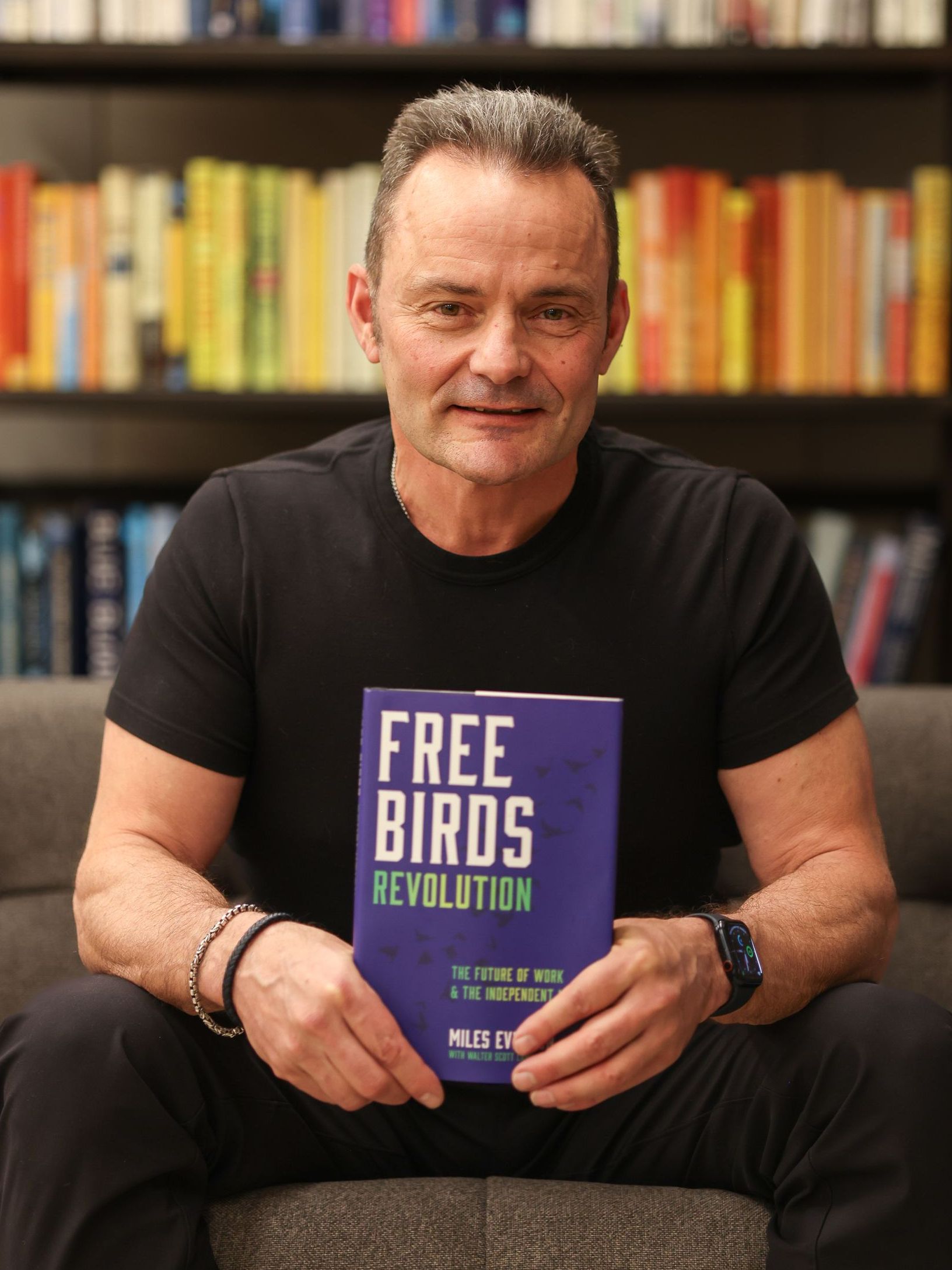Great teams don't just talk. They do THIS instead!
Today, we’re going to talk about communication that performs. Read on to learn why and how this communication skill drives positive results for a brand or individual. |
|
Great teams don't just talk. They do THIS instead! There’s a strange truth in business: Sometimes, the biggest disasters don’t happen because of a bad product, a flawed strategy, or even a lack of resources. They happen because of something far more human—and deceptively simple. It’s the reason billion-dollar launches flop… the reason talented teams underperform… and the reason great ideas die in the boardroom before they ever see the light of day. This quiet saboteur isn’t about market trends or competitor pressure. It’s about what happens when leaders and team members miss one crucial step in their daily interactions—one that can turn an average team into a high-performing one, or a promising project into a costly mistake. Rob Spivey , Director of Research at Valens Research, has seen it happen firsthand, and he’s not shy about calling it out.
In one of his coaching comments to the workforce at Valens Research, Spivey drew an unexpected line connecting two seemingly unrelated topics: The rise of AI tools in the workplace and the infamous failure of the Ford Edsel in the 1950s. Ford poured what would be the equivalent of USD 2.5 billion today into developing and marketing the Edsel, believing it would revolutionize the mid-size car market. However, there was one problem: The company ignored what the market research, focus groups, and customers were telling. Basically, consumers didn’t want a larger car, and they hated the name “Edsel.” The result? A legendary corporate blunder born not from lack of innovation, but from a refusal—or inability—to truly listen. Why LISTENING is the Real Competitive Advantage For Spivey, the lesson is clear: Whether you’re managing people or integrating AI into your workflow, the principle is the same. In his words: “Just like any team member, AI works on a spectrum. You have to understand where it’s excelling, where it’s struggling, and adjust accordingly.” Such an adjustment process depends on actively listening, not only to the tool’s output but also to client feedback, colleague insights, and the subtle cues that reveal whether something’s working or not. This isn’t about hearing in the passive sense. In fact, Spivey makes a sharp distinction: Hearing is just registering words, but listening is an active, intentional act. This means asking clarifying questions, reframing what you’ve heard, and ensuring mutual understanding. Besides, the numbers back him up. Several studies cited that employees who feel heard are:
Clearly, the pattern is undeniable: Listening fuels engagement, innovation, and financial performance. According to Spivey, at Valens Research, active listening is more than a soft skill; it's an operational strategy. Twice a week, the analyst team presents ideas, and Spivey insists that these sessions aren’t just for delivering a verdict of “good” or “bad.” Instead, they’re opportunities to dig deeper: “What’s the reasoning behind this idea?” “What assumptions need testing?” “What could make it even stronger?” Without those clarifying questions, Spivey says the best insights remain buried… and without intentional listening, those insights may never see the light of day. The Remote Work Trap In today’s remote-first world, Spivey warns of a dangerous habit: Mental multitasking. You see, it’s easy to tune out a meeting when you’re just a click away from your email, social media, or other projects. However, if you’re on a call, you should either be actively participating—or question whether you should be there at all. If you belong in the meeting, then your role isn’t just to be present but also to be engaged. The moment you check out, you risk missing the one piece of information that could change a project’s direction for the better. That’s why Spivey’s message to his team—and to leaders everywhere—is simple but powerful: Active listening is the foundation of great teamwork. It’s what keeps billion-dollar mistakes like the Edsel from happening. It’s what turns AI tools from gimmicks into genuine productivity boosters. It’s what transforms a group of talented individuals into a cohesive, high-performing team. The challenge? Resist the urge to simply hear! Instead, ask the extra question, reframe the insight, or clarify the point. … because in a world moving at the speed of information, the leaders and organizations that win will be the ones who listen first and act second. — If you’re looking to gain a better understanding of Return Driven Strategy and Career Driven Strategy, we highly recommend checking out “Driven” by Professor Litman and Dr. Frigo. Click here to get your copy and learn how this framework can help you in your business strategies and ultimately, in ethically maximizing wealth for your firm. Hope you found this week’s insights interesting and helpful.
Stay tuned for next Tuesday’s Return Driven Strategy! Today’s crop of C-suite executives are being plucked from management consulting firms. This shift is happening at a time where the best companies are looking for problem solvers and integrators, not just operational wizards. Learn more about the ninth tenet of the Return Driven Strategy framework in next week’s article! |

Miles Everson
CEO of MBO Partners and former Global Advisory and Consulting CEO at PwC, Everson has worked with many of the world's largest and most prominent organizations, specializing in executive management. He helps companies balance growth, reduce risk, maximize return, and excel in strategic business priorities.
He is a sought-after public speaker and contributor and has been a case study for success from Harvard Business School.
Everson is a Certified Public Accountant, a member of the American Institute of Certified Public Accountants and Minnesota Society of Certified Public Accountants. He graduated from St. Cloud State University with a B.S. in Accounting.



